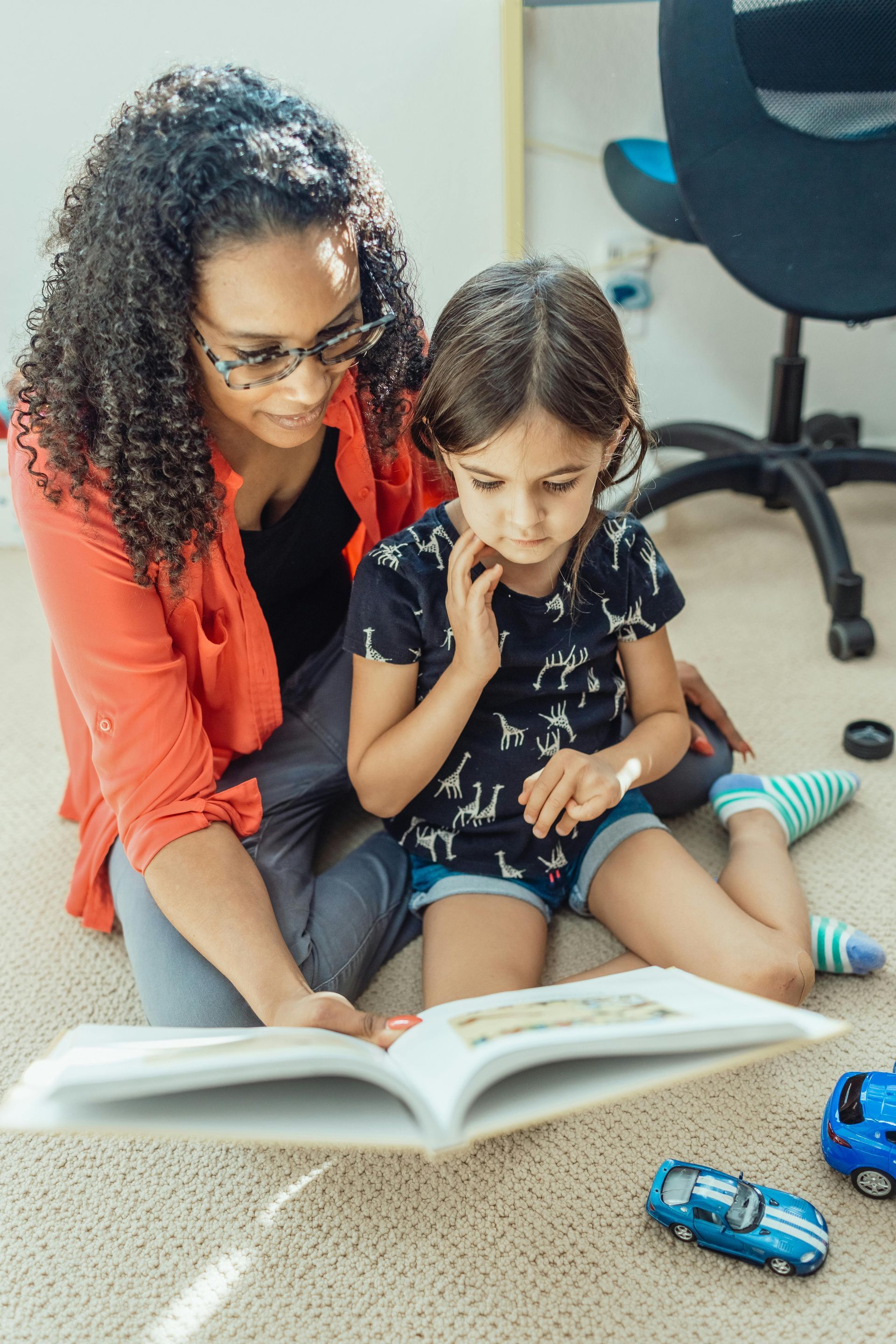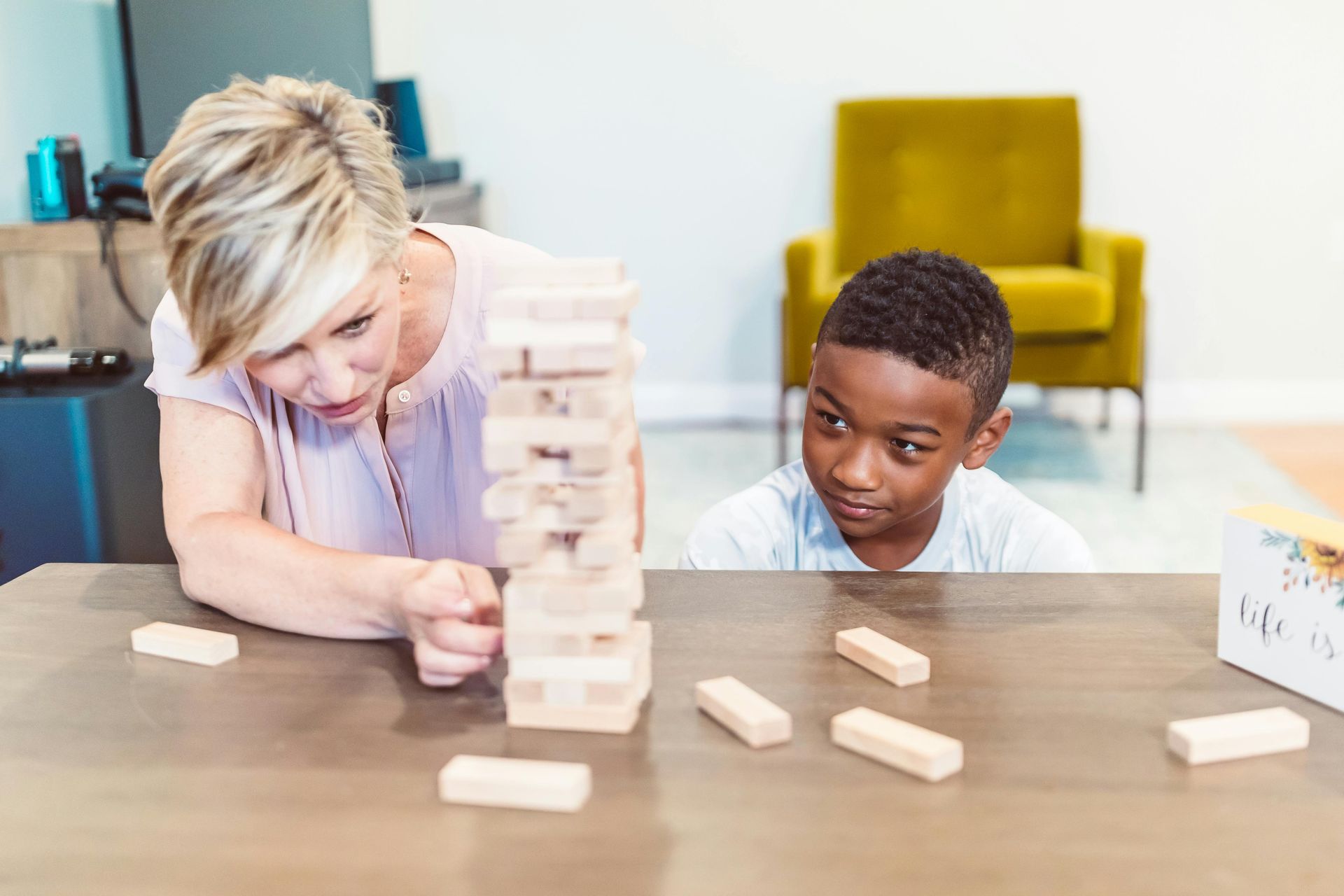What Is Child Trafficking And How Does It Affect Children In Foster Care?🦋
Child trafficking can be defined as the illegal trading and exploitation of children for sexual activities, forced labor, or involuntary servitude. This act remains a global crime and is more widespread and common than you might initially suspect.
While this crime can happen to any child, children who live in foster care face a much higher risk because they tend to lack a stable home environment or a community protection system. Risk factors including family crisis, poverty, social inequality, spending more time alone without watchful parents or caregivers, and having limited safety nets make them much more likely to be targeted by traffickers.
These are unfortunate facts, but you can help to to protect Michigan’s children from traffickers. Keep reading to find out what you can do to fight back against child trafficking in your local area.
Key Takeaways
- Child trafficking is the act of using children for forced labor or sexual exploitation. The United Nations Office on Drugs and Crime states that many trafficked children suffer violence, neglect, and long-term trauma.
- Children in foster care have a much higher risk of becoming trafficked because they live in unstable homes, often suffer from family dysfunction, poverty, and lack community support. Migrant children and unaccompanied minors are even more at risk.
- Trafficking victims often develop serious physical injuries, mental health issues like PTSD or depression, as well as trust problems that make recovery difficult. Young girls may also deal with sexual abuse, gender-based violence, or forced pregnancies.
- Traffickers use traps on social media like fake job offers to target at risk foster kids. Sometimes even relatives or trusted adults will exploit these children while in the system.
- Programs like the Blue Heart Campaign help to raise awareness and spot victims early. Training professionals, calling helplines, volunteering, or supporting anti-trafficking groups like Hope Against Trafficking can help kids in foster care from being exploited.
How Does Child Trafficking Affect Children?
Child trafficking directly impacts kids in severe ways. They often deal with physical abuse and suffer from emotional distress. These can both lead to long-lasting mental health issues.
Physical and emotional impacts
Victims of child trafficking suffer from severe physical and emotional harm. Untreated injuries, lasting pain, malnutrition, and chronic diseases are all life changing issues caused by abuse and neglect from traffickers.
Girls tend to experience more sexual violence, even forced pregnancies, which can lead to more trauma. Child victims may get forced into committing commercial sex acts in strip clubs or working as domestic servants in homes across the U.S.
Children experience much mental distress from these situations including anxiety, depression, and post-traumatic stress disorder. These mental health struggles will last a lifetime. Exploited children often develop trust issues with family members or service providers who were meant to keep them safe.
Trafficking creates deep scars that take years to heal.
Sex traffickers use violence and threats so kids stay silent in order to remain safe. Many cases involve children with family dysfunction, which makes it easier for human traffickers to abuse their potential victims living in foster care systems.
Long-term psychological effects
Kids who are forced into child trafficking often suffer from trauma-related disorders as well as experience guilt and shame. These feelings can last even after social services intervene and time has passed.
Children who have been trapped into debt bondage, domestic servitude, or sex trade carry heavy emotional pain that can break the future trust of healthy relationships as they mature into adults.
The International Labour Organization reports that many kids lose confidence in adults who are working to stop the exploitation of children. However, community involvement from anti-trafficking organizations plays an important role in helping trafficking victims escape, as well as recover fully and find hope again through local support network.
Vulnerability of Children in Foster Care
Children living in a foster care environment face high risks of exploitation. Because they live in an unstable environment, they can become easy targets for traffickers who make false promises of a better life.
Risk factors for children in foster care
Here's a look at the
risk factors that kids in foster care may face:
- Children entering the foster care system are usually struggling from some type of family dysfunction which may include abuse, neglect, or substance use. This dysfunction makes kids more susceptible to traffickers' false promises of a better life.
- Kids from low-income families or living in poverty might look for employment opportunities so they can better support themselves or their families. Traffickers take advantage of this by offering jobs that lead to forced labor or commercial sexual exploitation.
- The absence of stable family support leaves young people in search of attention and affection. Traffickers use this vulnerability and often play the part of as supportive parent figure before exploiting them for commercial sex or involuntary servitude.
- Children of migrants, especially those who have been separated from their families, have a very high risk for getting trafficked. They often are undocumented and lacking legal status. Many times they are unfamiliar with local languages and laws, making them clear targets.
- Another risk is the involvement of business owners, intimate partners, or even family members in trafficking activities. They may exploit their positions of trust and power to force or trick kids into trafficking situations.
- Social media platforms give traffickers easy access to potential victims by allowing them to
pose as false identities and make deceptive offers. Kids in foster care may not have the education or awareness to recognize these dangers online.
Each of these elements adds significantly to the vulnerability of children in foster care systems across Michigan and the rest of the U.S. Being aware of these risks is critical for anyone looking to help fight child trafficking effectively.
Examples of exploitation in foster care systems
There are a variety of types of child trafficking cases and forms of exploitation. Many kids end up victims of forced labor, where they are coerced into working long hours for little to no pay, often in the industries of agriculture, food service, or domestic work.
Some children may be forced into survival sex as a means to meet their basic needs. Child traffickers target children who have a lack of community and resources which leaves them with little choice.
Even within the foster care system itself, adults can unintentionally allow familial trafficking. This is where parents or guardians exploit the children they are supposed to be protecting. It is not uncommon to find cases of child pornography as well in these environments.
Preventing and Addressing Child Trafficking
Educating your local Michigan community about child trafficking and raising awareness will help you identify risk factors and support children in need, especially those in foster care.
Awareness and education
Education empowers communities, especially those involved with foster care systems. It's the first step to help children and fight back against child labor trafficking.
Campaigns like the Blue Heart Campaign exist solely to inform the public, help you understand how to recognize signs of trafficking and take action effectively.
Using the available tip hotlines for reporting is crucial to identify victims and fight back against criminal activity. You can reach out to the National Human Trafficking Hotline at 1-888-373-7888 if you suspect someone may be a victim of human or child trafficking.
You can also look up additional resources from organizations such as the United Nations Office on Drugs and Crime.
Strengthening foster care systems
By strengthening local Michigan foster care systems, we can start to protect vulnerable children who depend on foster care in their early years.
One major step is to start training professionals in social work, law enforcement, and health care workers like doctors and nurses to be aware of warning signs so they can help combat trafficking more quickly and effectively.
By donating to and volunteering for organizations that support foster care kids, you're contributing directly to enhancing rehabilitation services that help these children return to normal lives while also preventing exploitation within the system.
Protect Our Vulnerable Kids
Many foster care kids are also child victims of trafficking because of the unfortunate instability that they live with. These children often face exploitation through use of force or sexual abuse which lead to severe impacts on their physical and emotional health that can last well into adulthood.
Raising awareness about child trafficking dangers within the foster care system helps to protect these vulnerable children and can aid in strengthening foster care systems. Through taking action and educating those around you, you can make a difference in the fight against child trafficking.
FAQs
1. What is child trafficking and how does it relate to children in foster care?
Child trafficking is when force or threats is used to exploit children for labor, domestic work, or even commercial sex acts. Children in foster care have a higher risk of getting trafficked since traffickers target those in unstable family situations.
2. What are the main types of child trafficking affecting foster youth?
The most commonly found forms of trafficking are forced labor and child sex trafficking. Trafficking of children may also involve recruitment for child soldiers.
3. How do cases of human trafficking impact victims in the foster system?
Victims of human trafficking from foster care may suffer physical injuries, emotional trauma, and loss of trust. These effects often last long into adulthood.
4. Which laws protect children from being trafficked out of foster care?
The Trafficking Victims Protection Act and the Palermo Protocol set rules and guidelines against every form of child exploitation, helping agencies support child victims and preventing new victims.







